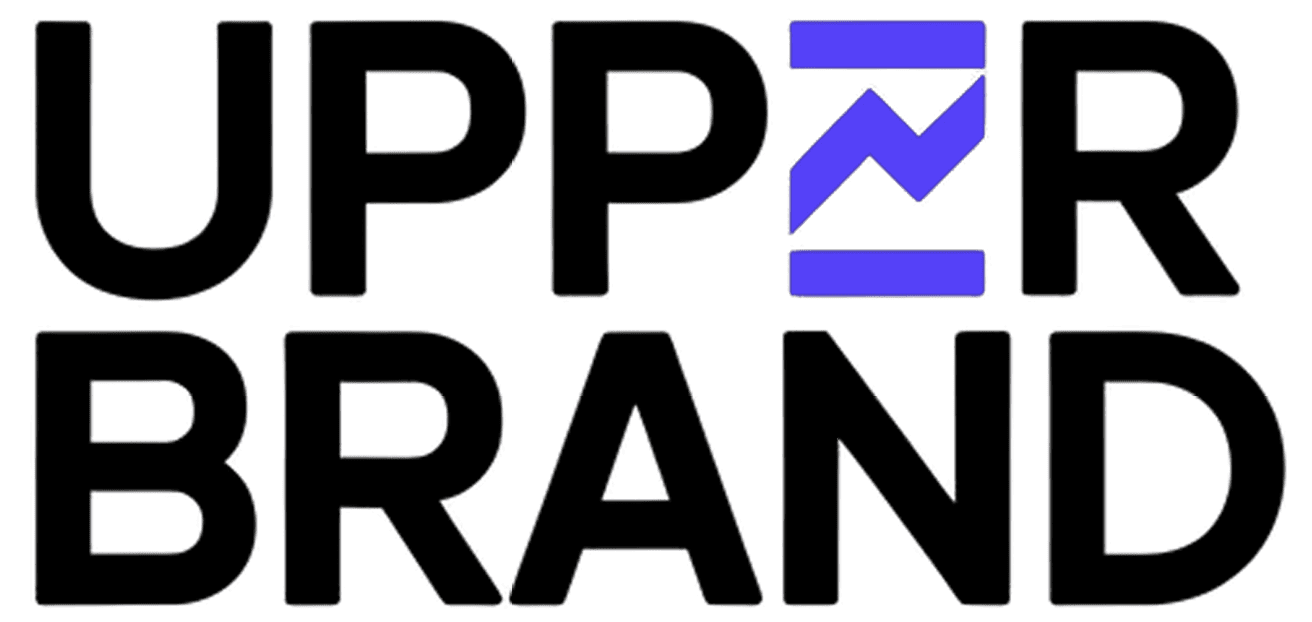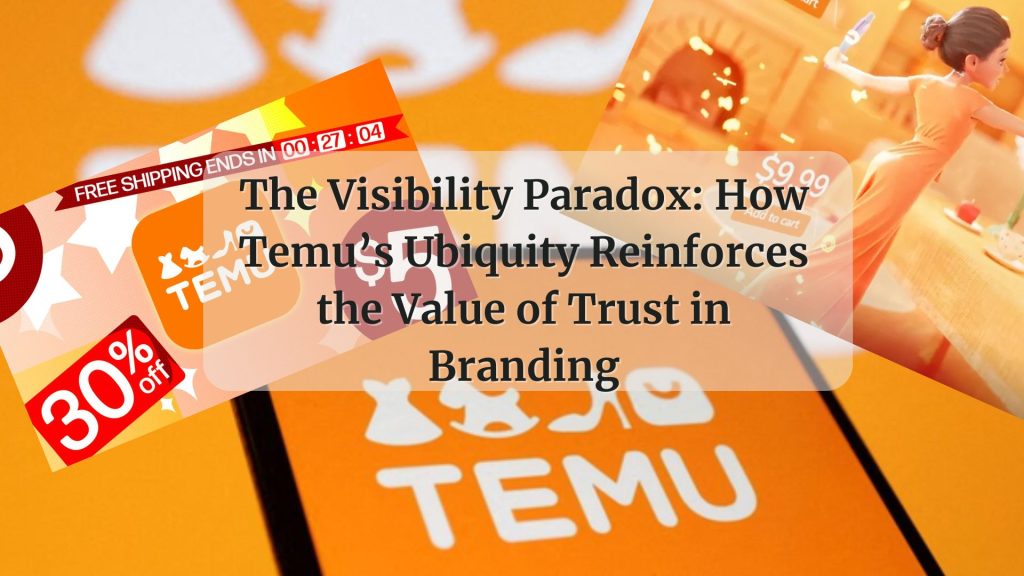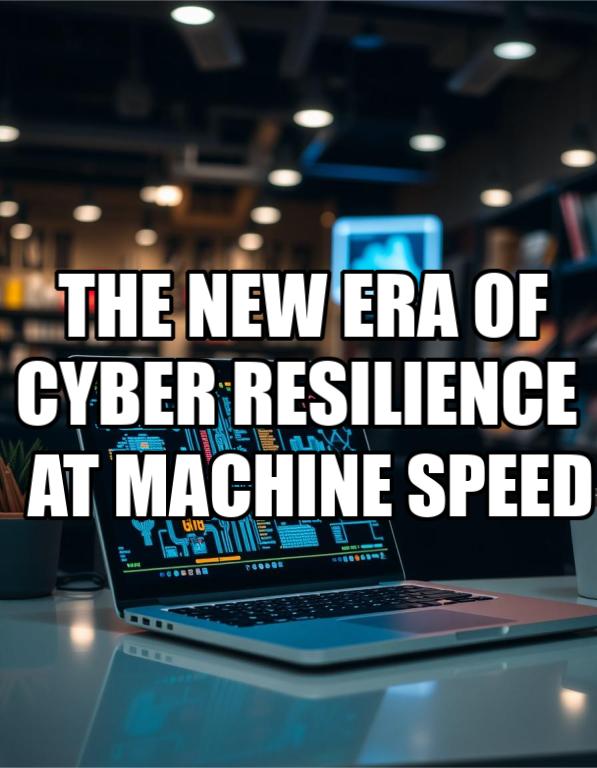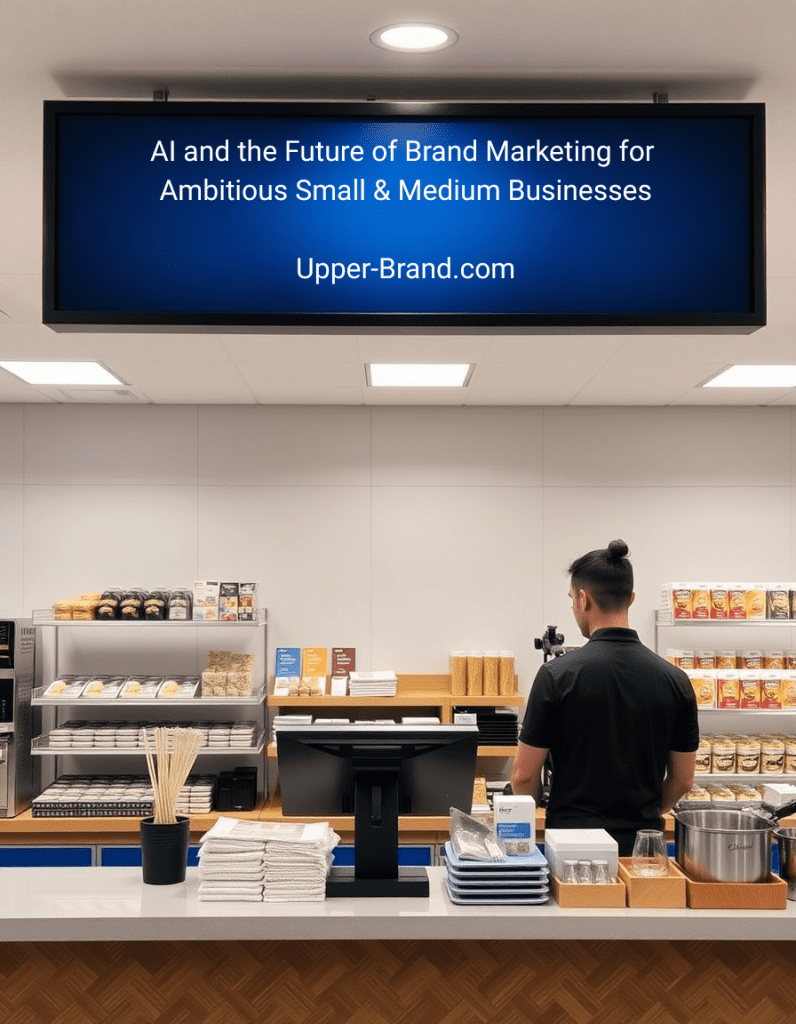The rise of AI-powered advertising in premium brand campaign
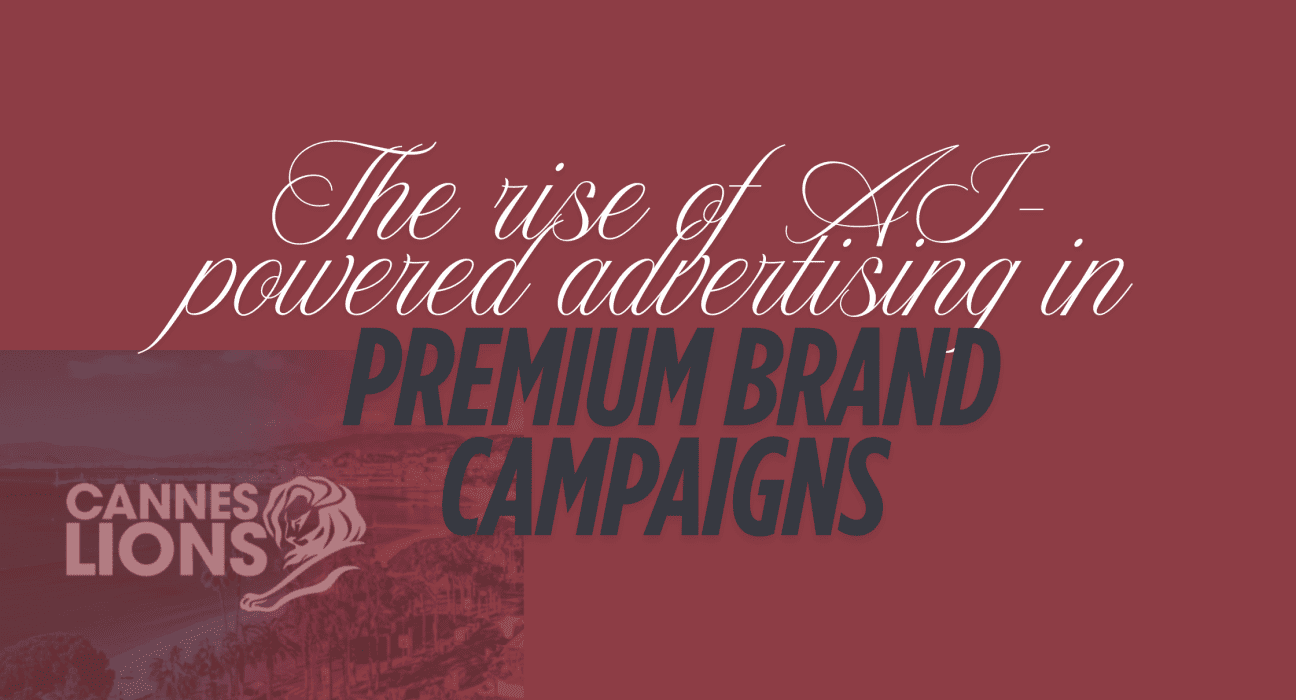
At this year’s Cannes Lions Festival, something quietly yet unmistakably became clear. Artificial intelligence is no longer an emerging tool in advertising. It is quickly becoming the creative partner of choice for premium brands looking to blend artistic vision with precision and speed. From boutique luxury houses to globally recognized design-forward companies, AI is helping elevate not only how ads are made, but how they feel, perform, and scale.
The shift is subtle but profound. AI is not replacing creativity. It is becoming the lens through which innovation sharpens and scales. And for premium brands in Canada and the U.S., that means more control, faster execution, and a level of visual consistency that previously required large teams and long timelines.
Luxury brands are early adopters for a reason
Why are luxury and premium brands gravitating toward AI faster than others? Because they understand that innovation at the surface must be matched by innovation behind the scenes. These brands do not just sell a product. They sell an experience. Aesthetic quality, speed of delivery, and story integrity are all non-negotiable. AI, when implemented thoughtfully, is helping protect these values while enhancing their reach.
From dynamic video ad generators that maintain brand colors and fonts, to AI-powered copywriters trained on brand voice and tone, tools are now available that ensure every customer interaction is both on-brand and timely.
AI is helping premium brands scale beauty, not dilute it
Speed used to mean compromise. That was especially true in high-end advertising. Quick meant careless. Fast meant generic. But Cannes showcased a different future. One where brands can produce content at scale without sacrificing quality or identity.
For example, imagine being able to deploy a global campaign across five languages, with localized visuals and region-specific messaging, all while keeping the design consistent and elegant. AI makes this possible. It is not about automation for automation’s sake. It is about enabling teams to do more with less, without losing control of the creative thread.
Design-forward campaigns are finding a new ally in data
While premium brands have always valued design excellence, AI is now introducing a powerful new layer: intelligence. Not the cold kind, but the kind that learns, adapts, and optimizes.
AI can track how different audiences interact with creative assets. It can test variations and highlight what is resonating and what is not. This means brands can stay true to their visual language while becoming more responsive. It is a bridge between bold design and real-time feedback. For the CMO, the creative director, and even the founder, it is a new era of decision-making grounded in insights rather than guesswork.
Cannes made one thing clear: AI is a partner, not a shortcut
If the showcase campaigns at Cannes taught us anything, it is that the brands using AI best are not the ones relying on it entirely. They are the ones integrating it strategically. AI is not a paintbrush. It is the palette, the canvas, and sometimes the lighting. But the vision must still come from the brand.
Award-winning examples emphasized how AI helped amplify human storytelling. Campaigns rooted in identity, culture, and purpose used AI to reach broader audiences without watering down the message. That is the future premium brands are aiming for: reach without dilution, speed without chaos.
For Canadian and U.S. premium brands, the time is now
Luxury consumers in North America are becoming more discerning, not just about what they buy, but about how it is presented. They expect personalization, aesthetic excellence, and consistency across channels. AI can help meet those expectations at scale.
Whether you are a fashion label in Toronto, a wellness brand in Los Angeles, or a tech-forward boutique based in Vancouver, AI tools are now accessible to elevate your brand’s presence. And importantly, they are not just for enterprise-scale companies anymore. Many platforms offer flexible models suitable for small and mid-sized teams looking to level up.
Here’s where AI is making the biggest impact
- Creative asset generation
Tools can now help turn a single concept into dozens of polished, platform-ready visuals, maintaining consistency with brand guidelines while tailoring layout and messaging to different audiences. - Copywriting and tone matching
AI can be trained on your brand’s voice to write social captions, email headlines, and product descriptions that feel natural and on-brand-freeing up time for your team to focus on strategy and refinement. - Campaign testing and optimization
Launch two ad variants, and AI will help track which one performs better across different customer segments. It can even suggest micro-adjustments that improve engagement without a full redesign. - Localization and cultural alignment
AI helps adapt visuals and language for international markets without losing brand essence. This is crucial for North American brands looking to expand globally without losing their identity. - Real-time responsiveness
Brands can now engage with consumers through AI-powered chat interfaces that maintain a luxury tone and feel. Think white-glove service, automated.
The future of premium marketing is dynamic, fast, and deeply human
AI’s role in advertising is growing, but its success lies in its ability to enhance-not replace-human creativity. For premium brands, that is great news. The craft, attention to detail, and story integrity that define your business are not going anywhere. But the tools to support and accelerate them are now smarter than ever.
Cannes confirmed it: the future of luxury branding is a mix of artistic instinct and machine intelligence. Not cold, not clinical. Strategic. Responsive. Beautifully efficient.
Final thoughts: innovation is your brand’s most valuable asset
Innovation has always been a hallmark of premium brands. From material science to digital storytelling, the best in class are not afraid to evolve. With AI entering the creative space in a meaningful way, this is another moment for bold action.
Brands that embrace this shift will find themselves more agile, more connected, and more relevant. Those that hesitate risk being left behind in a market where elegance and speed are no longer in conflict.
As AI becomes an invisible yet powerful creative partner, the opportunity for premium brands is enormous. It is not just about what you say. It is about how, when, and where you say it-and AI is ready to help you say it better.
Welcome to the new era of advertising. It is visionary, it is fast, and it is unmistakably premium.
